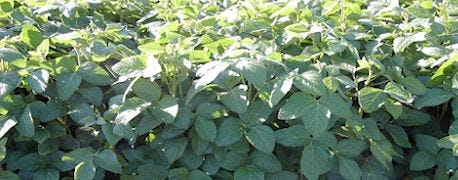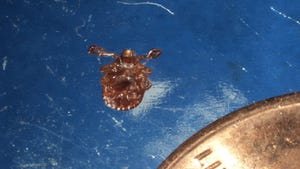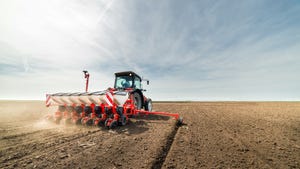March 25, 2012

By Doo-Hong Min, Michigan State University Extension

Forage Soybean As An Alternative Forage Crop
Main forage crop failure resulting from winterkill, poor establishment or severe drought can cause feed shortage. Annual forages for either warm-season or cool-season can play an important role in compensating feed shortage as an emergency forage crop. In the late 1990s, three varieties of forage soybean, derry, donegal and tyrone, were developed and released by the United States Department of Agriculture Agricultural Research Service in Maryland. Also there are roundup-ready forage soybean varieties on the market. If forage soybean is properly planted and harvested at optimum stage of maturity, this crop may produce high quality forage. Following are the characteristics and planting tips of forage soybeans.
Uses: fresh-chopped, silage and food plot
Height: Forage soybean is much taller than traditional soybean; it can be as tall as 30-50 inches.
Seeding rate: 50 pounds per acre, equivalent to 155,000 seeds per acre
Seeding date: Mid to late May
Harvesting time: when forage soybean reaches between 28-36 inches
Yield potential: two to four dry matter tons per acre
Forage quality: Crude Protein (CP) 14-19%, Acid Detergent Fiber (ADF) 30-50%, Neutral Detergent Fiber (NDF) 40-60% and Digestibility: 60-70%
This article was published on MSU Extension News. For more information from MSU Extension, visit http://news.msue.msu.edu. To contact an expert in your area, visit http://expert.msue.msu.edu, or call 888-MSUE4MI (888-678-3464).
You May Also Like




